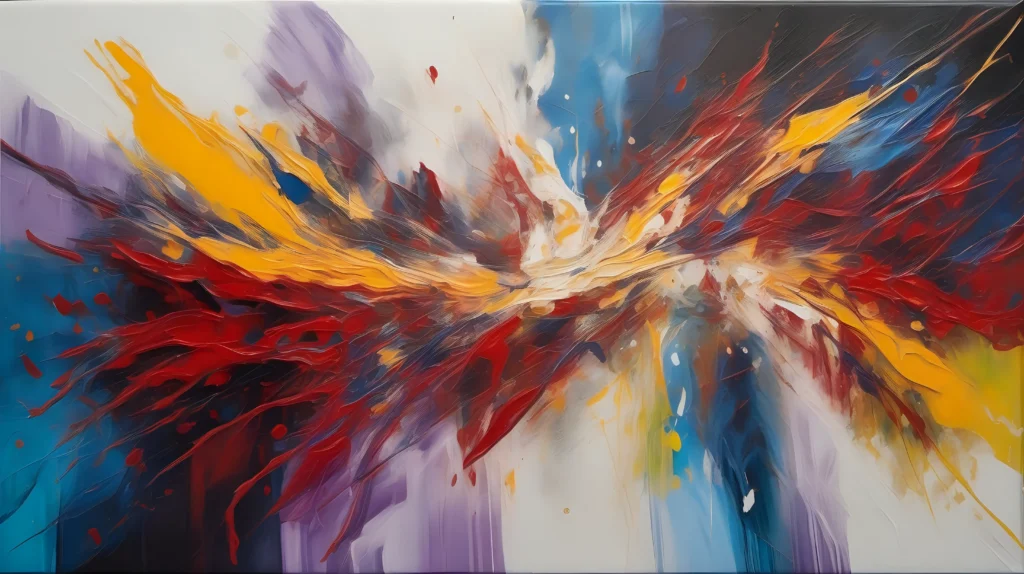Impressionism, with its captivating allure and unique approach to capturing the essence of fleeting moments, stands as one of the most influential art movements in history. Emerging in the late 19th century, Impressionism revolutionized the art world by challenging traditional conventions and offering a fresh perspective on the world around us.

Introduction to Impressionism
Impressionism originated in France in the 1860s and 1870s, spearheaded by a group of visionary artists who sought to break free from the confines of academic painting. Rejecting the rigid techniques and subject matter of the time, Impressionists embraced spontaneity, light, and movement in their works. This revolutionary approach gave rise to a new form of artistic expression, characterized by vibrant colors, loose brushwork, and an emphasis on capturing the fleeting beauty of everyday life.
The Pioneers of Impressionism
Among the notable pioneers of Impressionism were Claude Monet, Edgar Degas, Pierre-Auguste Renoir, and Camille Pissarro. These artists played a pivotal role in shaping the movement and pushing the boundaries of traditional art.
Claude Monet, often hailed as the father of Impressionism, was renowned for his iconic landscapes and shimmering depictions of light. His masterpiece, “Impression, Sunrise,” epitomizes the essence of the movement with its evocative portrayal of a misty harbor scene.
Edgar Degas, known for his intimate portrayals of dancers and everyday life, captured the essence of movement like no other. His keen eye for detail and innovative compositions set him apart as a true visionary of his time.
Pierre-Auguste Renoir, celebrated for his radiant depictions of leisure and pleasure, infused his canvases with warmth and vitality. His masterpiece, “Luncheon of the Boating Party,” is a testament to his mastery of color and composition.
Camille Pissarro, the only Impressionist artist to exhibit in all eight Impressionist exhibitions, was revered for his lyrical landscapes and atmospheric studies. His bold use of color and dynamic brushwork left an indelible mark on the art world.
The Impressionist Movement
Despite facing harsh criticism and resistance from the artistic establishment, Impressionists persevered in their quest to redefine art. Their innovative techniques, such as alla prima painting and plein air… [continue writing]
Conclusion
In conclusion, Impressionism remains a testament to the power of artistic innovation and creative expression. Through their bold experimentation and unwavering dedication, Impressionist artists transformed the landscape of art and paved the way for future generations of artists to explore new horizons. As we continue to marvel at the beauty and brilliance of Impressionist masterpieces, let us remember the enduring legacy of this revolutionary movement.
Unique FAQs
- What inspired the Impressionist movement? Impressionist artists drew inspiration from the rapidly changing world around them, seeking to capture the fleeting moments of modern life with honesty and immediacy.
- How did Impressionism influence later art movements? Impressionism laid the groundwork for numerous modern art movements, including Post-Impressionism, Fauvism, and Cubism, by challenging traditional techniques and conventions.
- Why did Impressionist artists prefer to paint outdoors? Painting outdoors, or en plein air, allowed Impressionist artists to capture the effects of natural light and atmosphere with greater accuracy and spontaneity.
- What role did color play in Impressionist art? Color was a central element of Impressionist art, with artists using vibrant hues and bold contrasts to evoke mood, atmosphere, and emotion in their works.
- How did Impressionism impact society at the time of its emergence? Impressionism sparked widespread debate and controversy within the artistic community, challenging long-held notions of beauty, realism, and artistic merit
